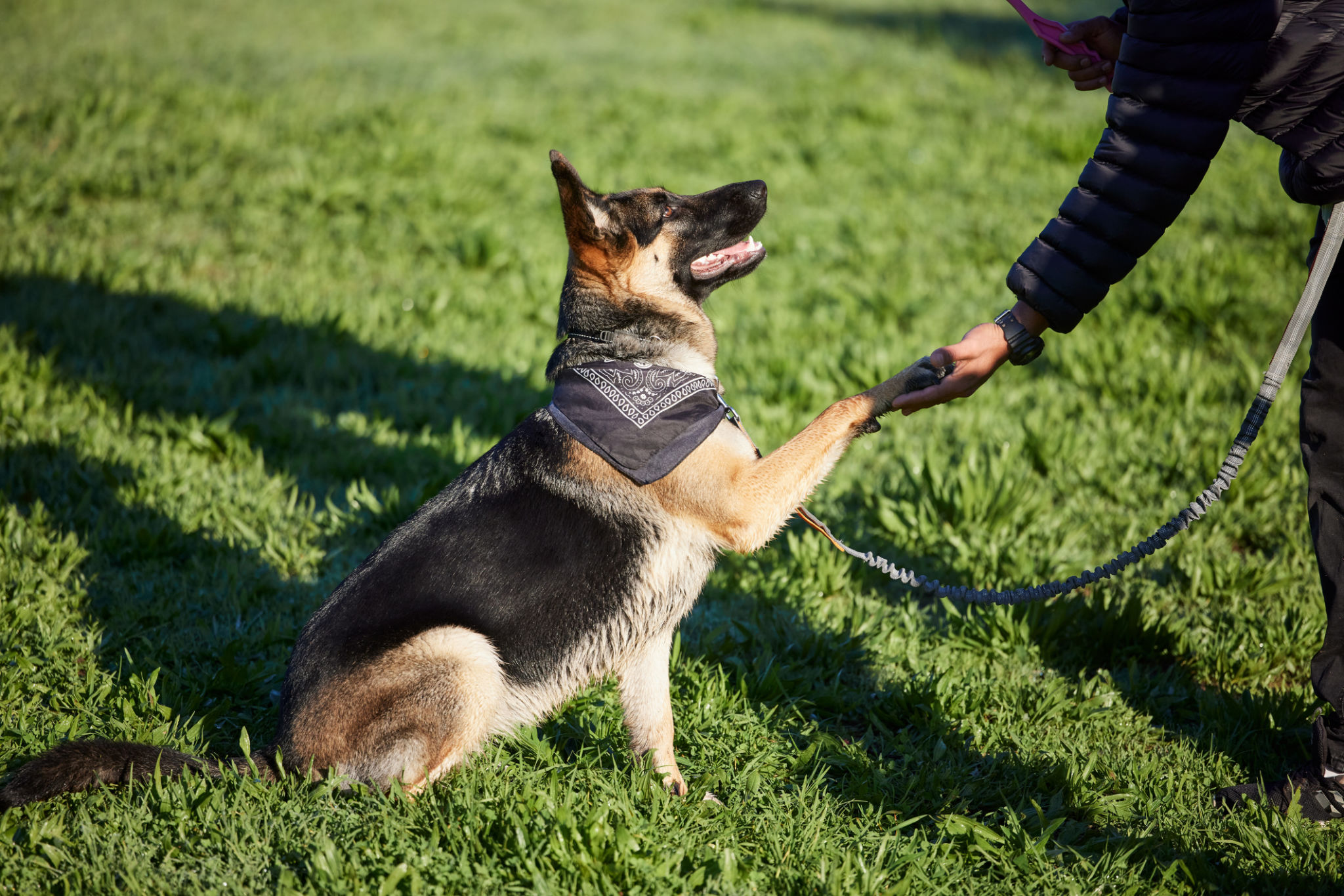Step-by-Step Guide to DIY Dog Training: Tips from Blue Ribbon K9
DR
Introduction to DIY Dog Training
Training your dog can be a rewarding experience that strengthens the bond between you and your furry friend. At Blue Ribbon K9, we believe that with the right approach, every dog owner can successfully train their pet at home. This step-by-step guide will provide you with essential tips and techniques for effective DIY dog training.

Understanding Your Dog’s Behavior
Before diving into training, it’s crucial to understand your dog's behavior and what drives them. Dogs are motivated by different things such as food, toys, or praise. Identifying what motivates your dog is the first step in creating a successful training plan.
Observe how your dog responds to various stimuli and take note of what excites or calms them. This understanding will help you tailor your training techniques to suit your dog's individual needs.
Setting Realistic Goals
When beginning your training journey, set realistic goals for both you and your dog. Start with basic commands like “sit,” “stay,” and “come.” These foundational commands are essential for more advanced training in the future.
Creating a Positive Training Environment
A positive training environment is key to successful dog training. Ensure that the training area is free from distractions and is a safe space for your dog to learn. Consistency is also important; try to train at the same time and place each day to build a routine.

Using Positive Reinforcement
Positive reinforcement is a highly effective training method. Reward your dog with treats, praise, or playtime when they successfully follow a command. This encourages them to repeat the desired behavior. Avoid using punishment, as it can lead to fear and anxiety in your pet.
Step-by-Step Training Process
- Start with Basic Commands: Begin with simple commands like “sit” or “stay.” Use a firm but gentle voice and reward your dog immediately when they comply.
- Gradually Increase Difficulty: Once your dog masters basic commands, introduce more complex ones such as “fetch” or “roll over.” Ensure each new command builds on previous ones.
- Practice Regularly: Consistent practice is crucial. Short, frequent sessions are more effective than long, sporadic ones.

Overcoming Common Challenges
Every dog learns at their own pace, and challenges are a natural part of the training process. If your dog struggles with a command, go back to basics and ensure they fully understand it before moving on. Patience and persistence are key.
The Importance of Socialization
Socialization is an integral part of dog training. Expose your dog to different environments, people, and other dogs to help them become well-adjusted and confident. Proper socialization reduces the likelihood of fear-based behaviors and aggression.
Incorporate socialization into your training routine by taking your dog to parks or pet-friendly events where they can interact with other dogs and people in a controlled setting.
Conclusion
DIY dog training requires patience, consistency, and dedication, but the rewards are immeasurable. By following these steps from Blue Ribbon K9, you'll be on your way to having a well-behaved and happy canine companion. Remember that every dog is unique, so tailor your approach to suit their individual personality and needs.
If you ever feel overwhelmed, consider seeking guidance from professional trainers who can provide additional support and insight into your training journey.
